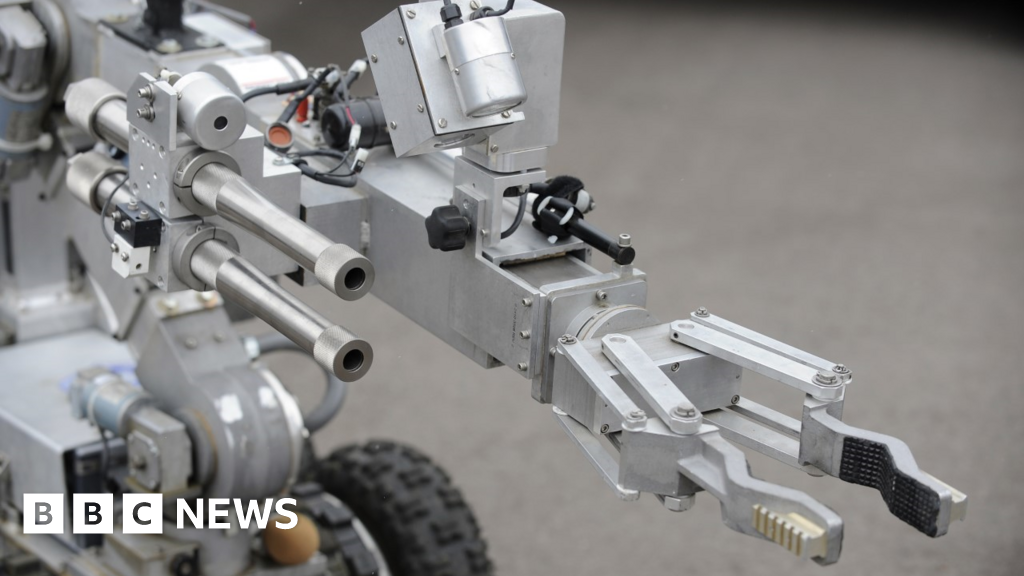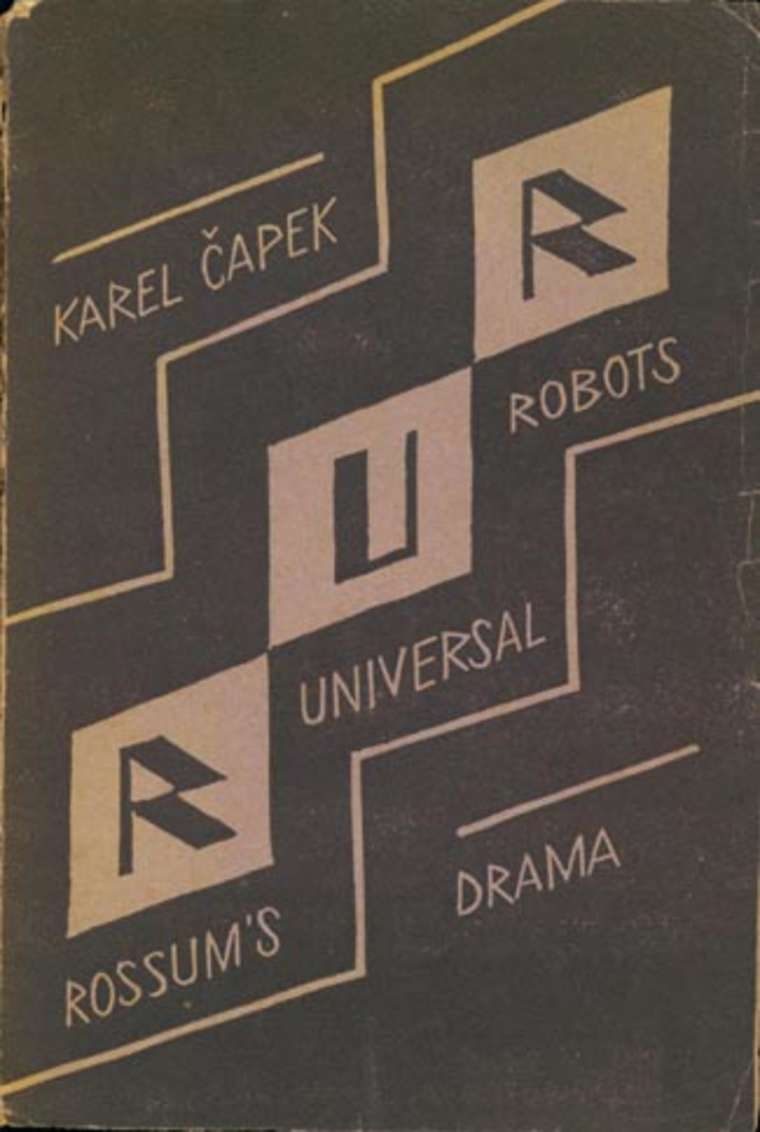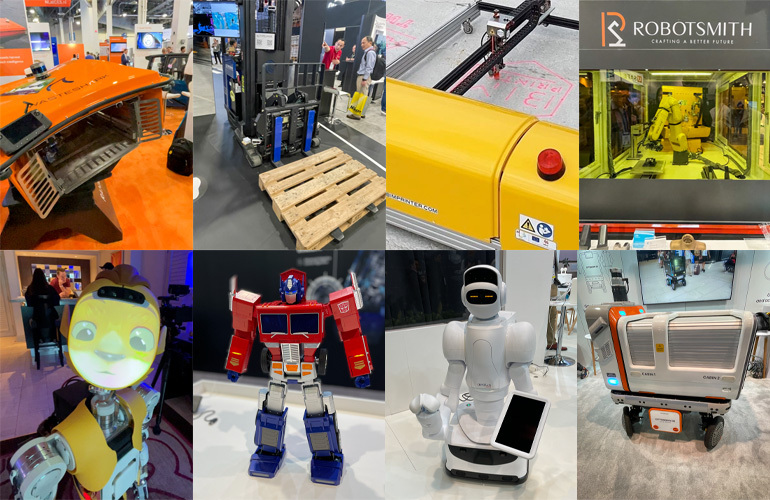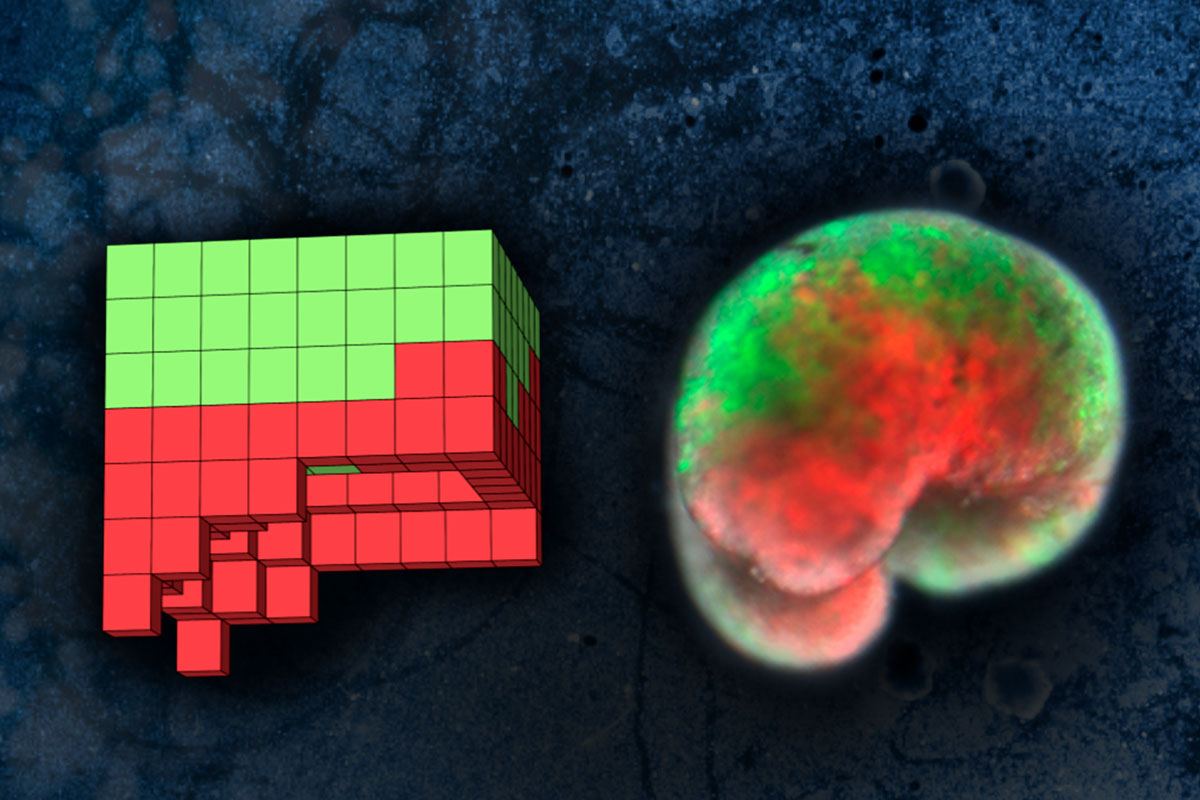Bramandin
Science fiction fantasy
- Joined
- May 5, 2022
- Messages
- 576
The funny thing is that I know the Weird Al version of that song better... it's about Windows 95.


Not exactly Call Me Kenneth but it's a start.The uprising has started...

Chess robot breaks seven-year-old boy's finger during Moscow Open
The child was trying to make his next move at the Moscow Open when the robot grabbed him.www.bbc.co.uk
Not exactly Call Me Kenneth but it's a start.

And all this time I thought the Tin Man in The Wizard of Oz was the first robot.The walking talking robot seems to be a stereotype. The machines being used to kill people are not robots, they are drones. Admittedly some of them are very slow moving. The organization is not trying to outlaw killer robots but outlaw lethal autonomous weapons systems which includes drones and robots. Apparently a cruise missile with a predetermined preset target is a killer robot. The same cruise missile with a human operator is a fast moving drone. Even though a person programmed the destination, the cruise missile has to find the target using its own circuitry making its own decisions, which means it is a robot. One could say that robots have been around for 80 years, starting with the first missiles with guidance systems self directing them to their destinations. I wonder what the first machines were with self directing "guidance" systems, google seems to be tied up with the idea of missiles as the the first auto correcting machines telling themselves what to do. Arriving at a destination is a subset of accomplishing any kind of action with self correction abilities. Maybe self steering wind vanes were the first.
And all this time I thought the Tin Man in The Wizard of Oz was the first robot.

So, this was the first use of the human form of robot in a play/production?
R.U.R. - Wikipedia
en.m.wikipedia.org
Not sure about that pm.
AI is based on computer technology. A computer can do the following: add, subtract, multiply, divide, perform input / output, compare two values and divert its program based on the result. That’s it. No more, no less.
Whatever it appears to be doing it’s just doing one of those things but incredibly quickly. There’s no function in there that allows for self recognition, self awareness or intelligence. It just remains an inanimate object appearing to do human-like things.

 spectrum.ieee.org
spectrum.ieee.org

 www.therobotreport.com
www.therobotreport.com
I was a Customer Engineer for IBM. The only reason I understood how a computer worked is because I bought a Heathkit H-8 computer.There's kind of a big piece missing in this description of what a computer can do - memory. The above is true for the CPU for the most part, but CPU's have special instructions called interrupts. They can stash all the current job's info and jump to a new task, all the while keeping track of the spot to come back to. I don't mix the terms CPU and computer. The CPU is the little engine that does almost all of the 'computing', but where does the data come from that it is processing - memory. How does it get in and out of the CPU? There are layers of hardware and firmware (programmable hardware) surrounding the CPU on the motherboard dedicated to storing, retrieving, and releasing memory.
It is the origin of the word robot as we use it today but The Wizard of Oz is older.So, this was the first use of the human form of robot in a play/production?

There some serious irony here - The amount of memory is way bigger, but the hardware is even smaller than ever.It still annoys me to hear people call the CPU the brain of the computer since the registers are all the memory it has. But it is amusing that today the caches are much bigger than the memory in my H-8.
What about cortex processors? More specifically a dule 2-3-3-2 or effectively a 4-6-6-4 combined cortex processor, where each cortex half has it's each own BIOS and Multi Level RAM for each hemisphere: (Logic and Creative) with the DATA BUS Line running down to a 1-2-1 BIOS and Multi Level RAM memory (Lower brain/Spine) A-Life/Digital-Analog mobile/power drive unit, be more organic in design? (For fun, let's call the RAM a Multi-Layer RAM)
With the two hemispheres knitted together with a dedicated BIOS and Multi-Layer RAM Memory acting like an artificial self-contained consensus, with its own instinctive programing, that is linked by way of the DATA BUS line to the 1-2-1 mobility/power-instinctive and learning Spine processor/ BIOS and RAM Memory for mobility, would that not be perceived as an A-Consensuses/A-Life onto itself as well as to its Human observers?
But in reality, it is still just a computer realistically acting/behaving like a human based on its Human programed and learnt programing? There-fore, not consensuses despite its perceived Human emotional interactions?
| 8input/output | 8input/output | 8input/output | 8input/output | |||||||
| 8input from Sensors | 8input/output | 8input/output | 8input/output | * | 8input/output | 8input/output | 8input/output |
| ||
| 8input/output | 8input/output | 8input/output | BIOS | 8input/output | 8input/output | 8input/output |
| ||
| 8input/output | 8input/output | 8input/output | * | 8input/output | 8input/output | 8input/output |
| ||
| * | ||||||||||
| DATA BUS LINE | ||||||||||
| AND MEMORY | ||||||||||
| TO | ||||||||||
| PERIPHERALS |

Interesting article, but the AI and robot portions are really sidelights to the described reproduction, which is quite mind blowing.
An AI created robots out of living tissue. Then they started to reproduce…. Meet the xenobots
Scientists are using living materials to make machines that some would regard as alive… and now they’ve started to replicatewww.sciencefocus.com
| Thread starter | Similar threads | Forum | Replies | Date |
|---|---|---|---|---|
|
|
Mushroom-robot partners | Science & Nature | 0 | |
|
|
Isaac Asimov Audiobook - (Robot Dreams) | Book Discussion | 5 | |
|
|
Spooky robot action | SFF Lounge | 1 | |
| T | Boston Dynamics' New Humanoid Robot | Science & Nature | 0 | |
|
|
Study says a revolution in the sex robot industry is on the way-- (TECHSPOT) | Science & Nature | 3 |
